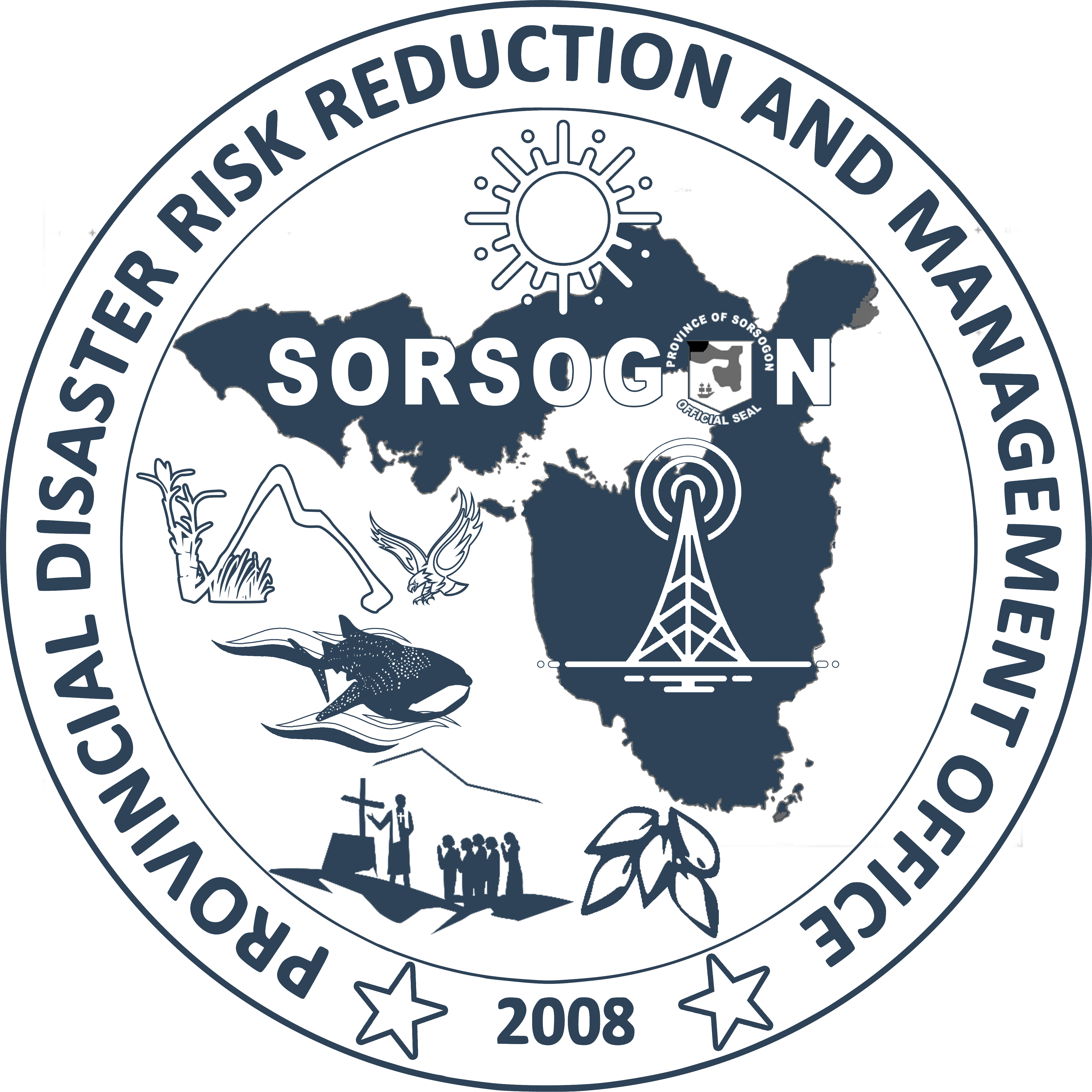Liquefaction and faultline hazards are geological phenomena associated with seismic activity. Liquefaction occurs when saturated soil temporarily loses its strength during an earthquake, causing it to behave like a liquid. This can result in the sinking or tilting of structures and infrastructure. Faultline hazards are associated with the movement of tectonic plates, where the Earth’s crust experiences stress and releases energy along a fault line, potentially causing earthquakes. The interaction of liquefaction and faultline hazards poses significant risks to areas prone to seismic activity. Regions near fault lines are more susceptible to earthquakes, which can trigger liquefaction in saturated soil, leading to infrastructure damage and increased vulnerability for communities. Understanding these hazards is crucial for implementing effective building codes, land-use planning, and early warning systems to minimize the impact on people and structures in earthquake-prone areas.
Liquefaction and Faultline Hazard
Liquefaction and faultline hazards are linked to seismic activity. Liquefaction occurs when saturated soil loses strength during an earthquake, behaving like a liquid and posing risks to infrastructure. Faultline hazards are associated with tectonic plate movement, leading to earthquakes along fault lines. The combination of these hazards increases the vulnerability of areas prone to seismic activity, emphasizing the importance of building codes, land-use planning, and early warning systems to mitigate risks.









